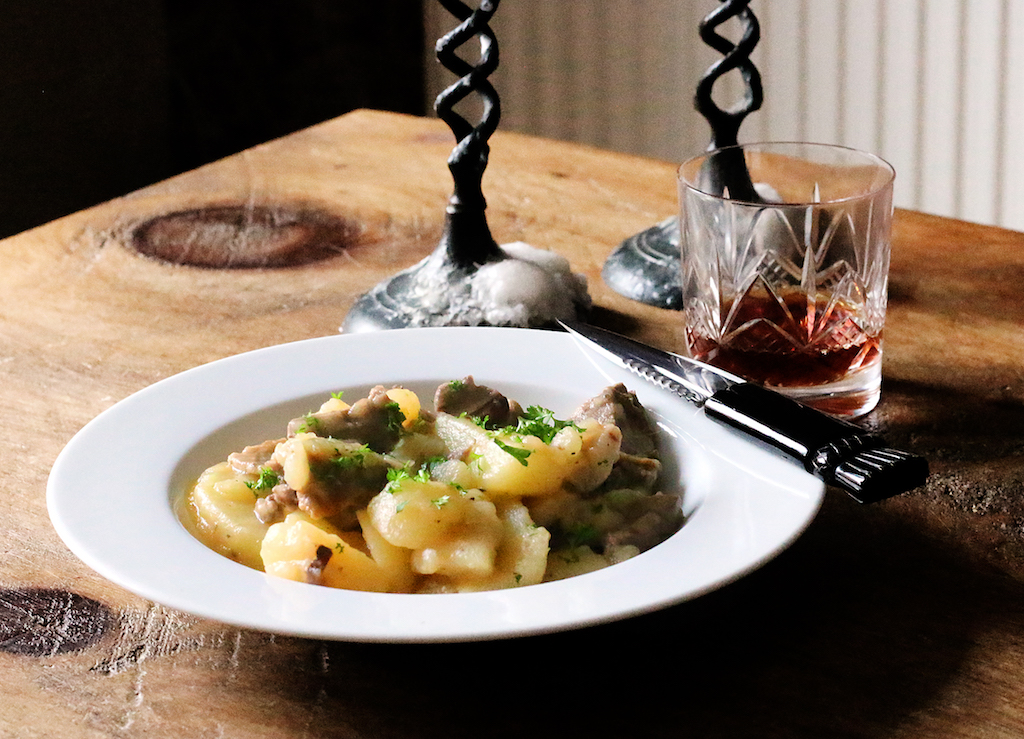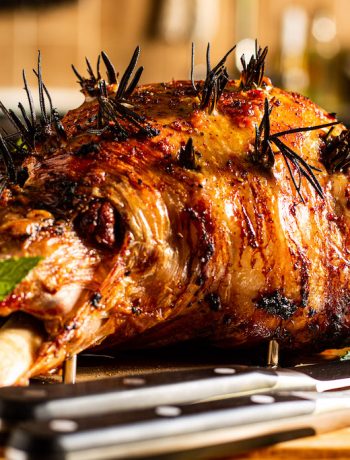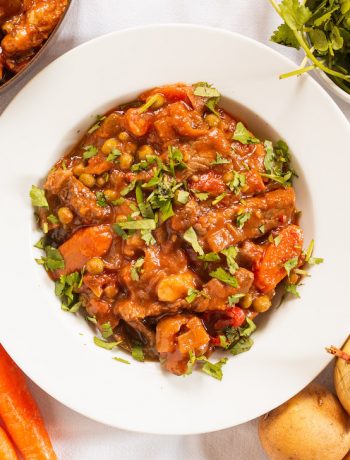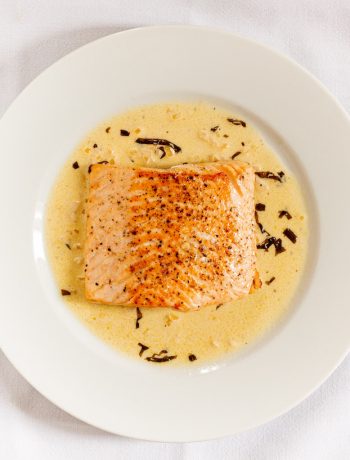Sadly, history class is cancelled for today. Stovies have no written provenance, and this comes as no surprise. The dish is made from leftover scrap meat, stewed along with potatoes and onions to make a hot meal that avoids waste. Folks will have been making this since the introduction of potatoes to Britain in the late 16th Century. Some suggest that stovies may have only emerged in the 1800s when large proportions of the population could afford meat, but I disagree. I am sure that scrap meat was available to kitchen staff cleaning up after his lordship long before that. For me, this is the likely origin of stovies.
The term ‘stovies’ comes from the way the dish is cooked. The potatoes are stewed slowly, rather than boiled. The process of stewing is known in Scots as ‘to stove.’ The ingredients vary a bit, but rarely stray from tatties, onions and meat. There is a World Stovies Championships, which is held at the annual Huntly Hairst Food and Farming Festival. There are two classes – one for traditional stovies, and another where ‘innovation’ is allowed to run riot where the organisers allow what they cheekily call ‘exotic stovies.’
Stovies, which are popular in pubs all over Scotland, are traditionally served with pickled beetroot and Scottish oatcakes. For me, I like the beetroot, but I have never managed to get on with a Scottish oatcake.
Stovies
Ingredients
- 50g butter
- 2 tbsp dripping (beef or goose)
- 500g potatoes, peeled and thickly sliced
- 1 onion, peeled and thickly sliced
- 250g leftover roast meat (lamb or beef), cubed
- 300ml beef stock
- Salt and freshly ground black pepper
Instructions
Melt the fat in a Dutch oven and add the potatoes and onion. Toss the potatoes and onion in the fat for a couple of minutes, before adding the stock and seasoning. Cover and cook on low for 45 minutes, shaking occasionally to prevent sticking.
After 45 mins, the potatoes will be falling apart a bit, and the stock will be thickened with the starch. Add the meat, stir through and cook covered for another 15 minutes.
Check seasoning (you may need quite a lot) and serve.



 (8 votes, average: 4.00 out of 5)
(8 votes, average: 4.00 out of 5)


5 Comments
Kevin
27/01/2020 at 1:06 pmThank you for the intresting article.
As for oatcakes – they can taste like cardboard – toast them and they become a whole different beastie – nutty… butter them and add marmalade, or cheese or nothing! 🙂
Nigel Eastmond
28/01/2020 at 10:29 pmI will try your oatcake rescue technique.
Graeme Fyfe
03/07/2020 at 2:14 pmSo a ‘dutch oven’ is actually a real oven?
My understanding of a Dutch Oven painted a whole different picture in my mind!
https://www.urbandictionary.com/define.php?term=Dutch%20oven.
Great articly though. Thanks.
P.S. Scottish gaelic for ‘stew’ is Stiubh, where the bh is pronounced as a w (stew), but can also sometimes be pronounced as a v (stoov).
https://learngaelic.scot/dictionary/index.jsp?abairt=stew&slang=both&wholeword=false
I had rhis whole argument with my old man (about the source of stovies, not dutch ovens) and he argued that it’s NOT a stew, his family have always used dry meat and no stock. not sure how that’d work. Sounds disgusting. Either way, I was right.
Nigel Eastmond
09/07/2022 at 8:55 amA Dutch oven is a big, cast-iron Le Creuset casserole.
Stovies Recipe - CookCrews.com
09/07/2022 at 12:50 am[…] Stovies […]